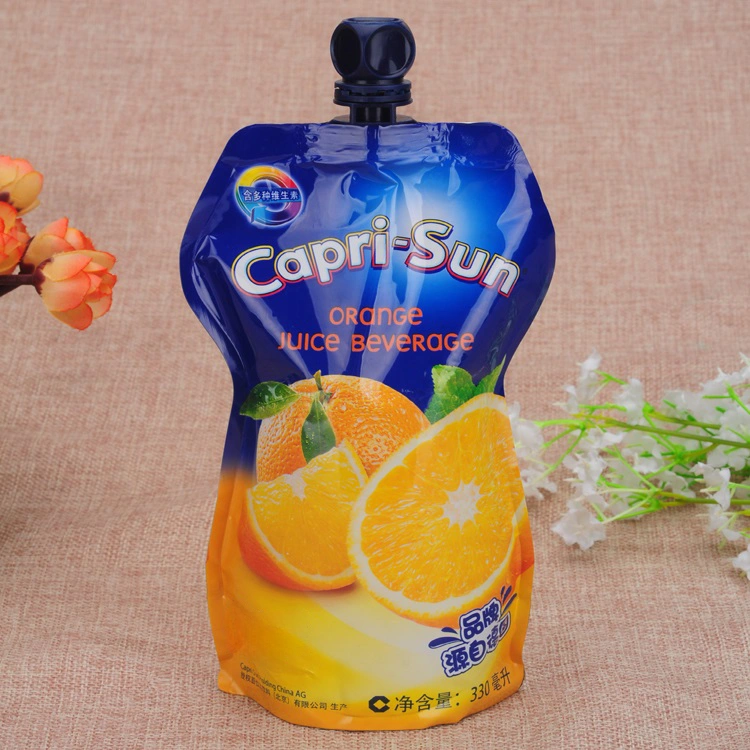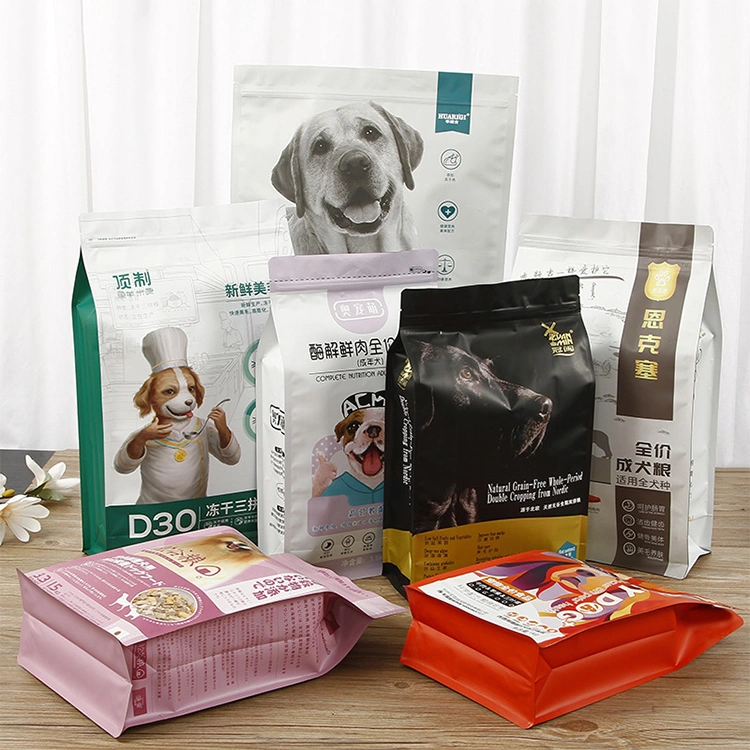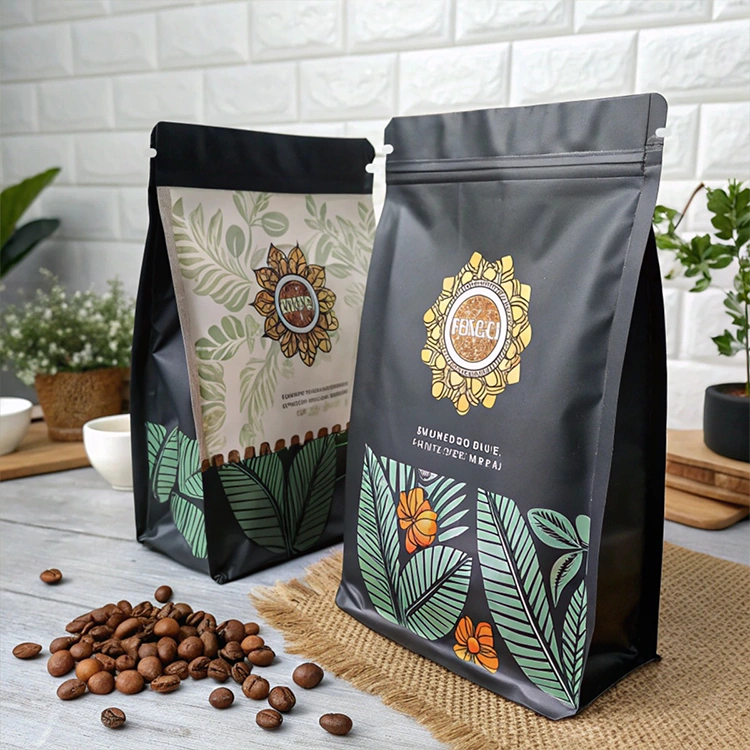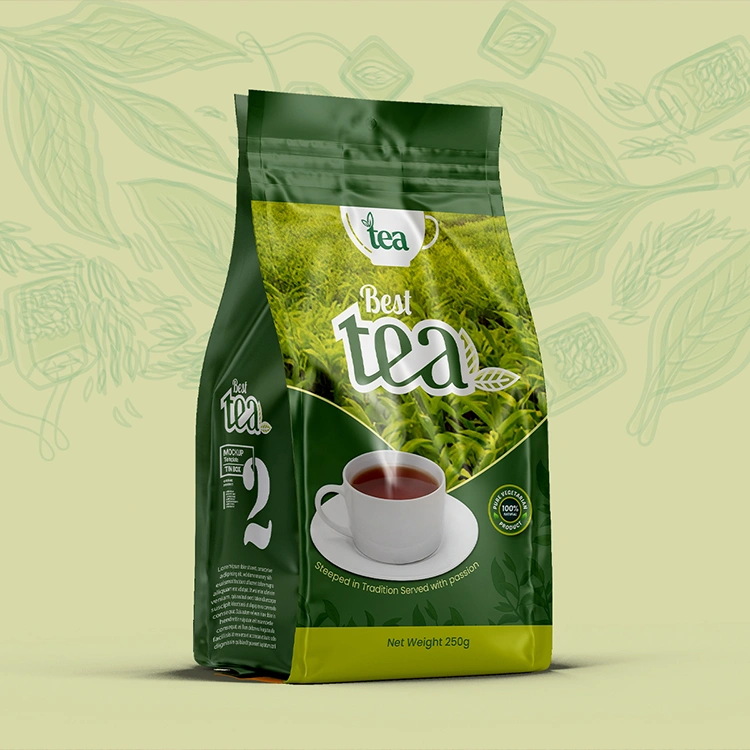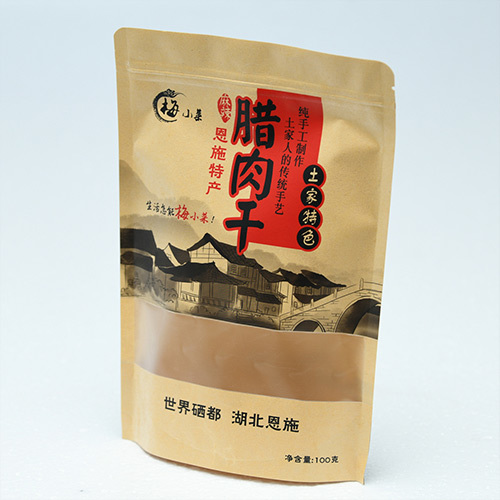新闻
Food packaging bags meet the packaging requirements of various different foods.
2022-02-22
Food packaging bags are a type of packaging design created for the convenience of preserving and storing food in daily life. They come into direct contact with food and serve as thin film containers for holding and protecting food. Food packaging bags should be produced using food-grade plastic films, as single-layer plastic films often cannot meet the requirements for protecting, beautifying, and adapting to the processing of products. Therefore, packaging materials made by combining two or more layers of the same or different types of materials have emerged. This composite material overcomes the disadvantages of single materials and achieves excellent properties that single materials do not possess. Currently, composite materials have become dominant in food packaging. The scientific and reasonable combination or use of multi-layer materials can produce different comprehensive properties, almost meeting the packaging requirements of various foods.
Outer layer materials: Generally speaking, the outer layer materials of composite packaging should have a high melting point, good heat resistance, be scratch-resistant, abrasion-resistant, have good printing performance, and good optical properties. Commonly used materials include paper, aluminum foil, glassine, polycarbonate, nylon, polyester, and polypropylene.
Inner layer materials: The inner layer materials should have heat sealing properties, good adhesion, be odorless, non-toxic, oil-resistant, water-resistant, and chemical-resistant, such as polypropylene, polyethylene, and polyvinylidene chloride, which are heat-resistant plastic materials.
Middle layer materials: The middle layer of composite materials with three or more layers usually uses materials with good gas and moisture barrier properties and high mechanical strength, such as aluminum foil, polyvinylidene chloride, glassine, paper, and polyethylene.
Next Page
Related Articles



